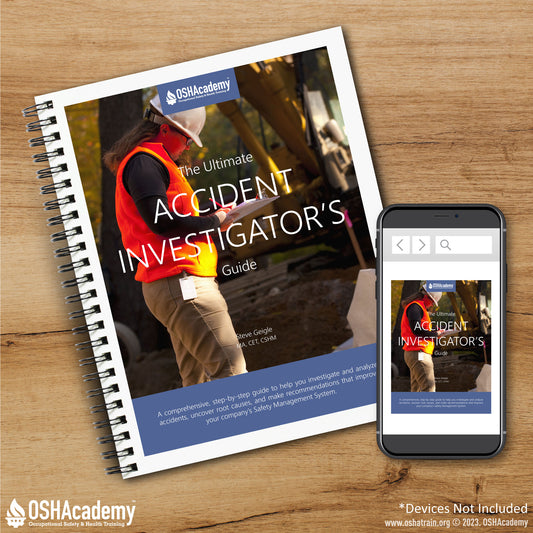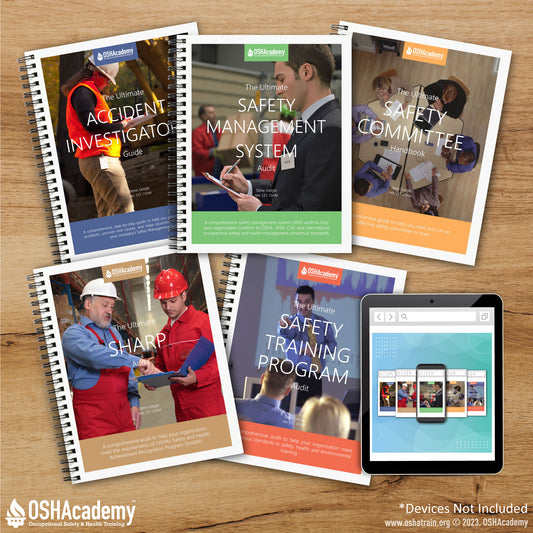
Best Practices for Implementing a Comprehensive Safety Program
Share
By Emma Pearson
Guest Writer
In today's fast-paced business world, ensuring a safe and healthy work environment is crucial for the well-being of your workforce and the long-term success of your organization. Implementing a comprehensive safety program can help protect your employees, minimize the risk of accidents, and contribute to a thriving business.
Executive Adherence to Occupational Safety
For optimal preservation of your labor force and sustained operational efficiency, it's crucial to cultivate a robust occupational safety culture. This initiates with senior executives demonstrating adherence and accentuating the significance of safety to personnel across all hierarchies.
Conduct Regular Risk Assessments
Routine risk assessments are vital in identifying potential hazards in the workplace. For example, the Permit-Required Confined Spaces (29 CFR 1910.146) mandates a risk assessment to identify and evaluate hazards in confined spaces before entry. Meanwhile, the Process Safety Management (PSM) of Highly Hazardous Chemicals standard (29 CFR 1910.119) requires a process hazard analysis, which is a type of risk assessment.
Implement Engineering Controls
Engineering controls involve physical modifications to the workplace that reduce hazards. The freestanding AccuFit free standing guardrail system is a good example of an effective fall protection solution. It's certified to meet OSHA Fall Protection regulations for handrail & guardrail, sections 1910.23 & 1926.500-1926.503, ensuring optimal safety. Plus, this product is fully compliant with the Buy American Act, which means that all materials are made in the USA.
Train All Employees
Ensure that all employees receive appropriate safety and health training. For example, the Title 29 Code of Federal Regulations, Part 1910,1200 states the need for effective information and training on hazardous chemicals. This can help employees stay informed of the risks that are present.
Monitor and Evaluate
Continually monitor your safety program's performance using both leading and lagging indicators. Conduct regular safety audits and inspections to ensure that safety measures are effectively implemented and maintained. Evaluate the success of your safety program and make necessary adjustments to promote continuous improvement.



